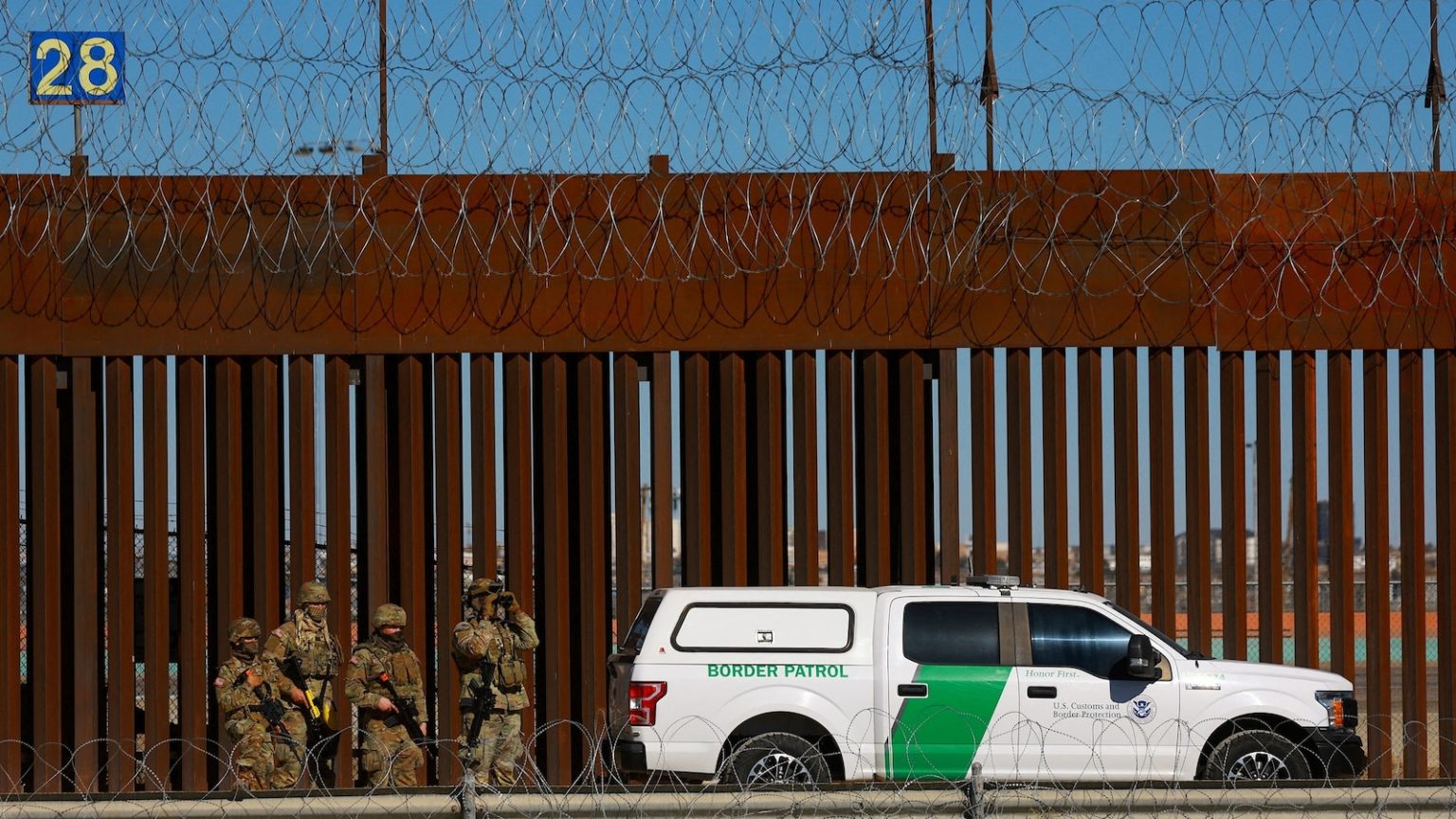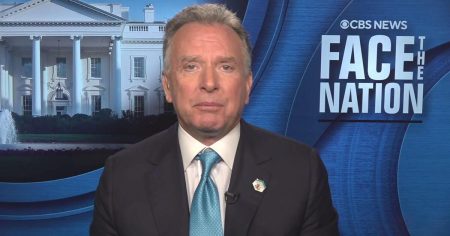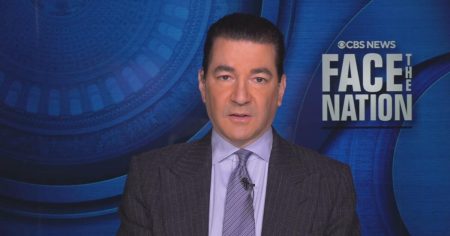Title: The Trump Administration’s Initiative to Track Unaccompanied Migrant Children
1. Introduction to the Policy
In a significant move, the Trump administration has initiated a policy directive targeting unaccompanied migrant children in the U.S. According to sources, Immigration and Customs Enforcement (ICE) is tasked with tracking these children, purportedly to protect them from trafficking and exploitation. The policy, outlined in an internal document, aims to ensure that these minors are not victims of such crimes. This move comes amidst a complex and contentious immigration landscape, where the welfare and legal status of these children have sparked both concern and debate.
2. The Initiative’s Purpose and Structure
The initiative, termed the "Unaccompanied Alien Children Joint Initiative Field Implementation," is structured into four phases. It categorizes the children into three groups: flight risk, public safety, and border security. ICE prioritizes those deemed a flight risk, particularly those who have missed court hearings leading to deportation orders. This approach includes serving notices to appear in immigration court or deportation for those with pending orders. While the administration emphasizes protection, critics question the method’s effectiveness and ethical implications, highlighting the potential anxiety and fear it may instill in these vulnerable minors.
3. The Numbers and Concerns
The scale of the issue is substantial, with over 600,000 unaccompanied children crossing the U.S.-Mexico border since 2019. These figures underscore the urgency of addressing their welfare. The administration argues that tracking these children prevents exploitation, a genuine concern given the risks they face. However, the policy’s execution has raised concerns about its impact on the children’s well-being, particularly the stress of legal proceedings and the possibility of separation from any guardians they may have in the U.S.
4. Political Context and Controversy
The initiative follows Republican criticisms of the Biden administration, claiming it lost track of 300,000 migrant children. This figure, though, lacks context and has been disputed by experts. A DHS report revealed that ICE had not served notices to over 291,000 children, with 32,000 failing to appear in court. This data has fueled political rhetoric, with implications for how the situation is perceived and addressed. The debate highlights the challenges in balancing immigration enforcement with the need to protect vulnerable populations.
5. Expert Opinions and Challenges
Experts like Wendy Young, President of Kids in Need of Defense (KIND), emphasize the need for a compassionate approach. Young advocates for legal services to ensure these children understand their rights and the legal process, crucial for informed decisions about their safety and future. The involvement of legal aid organizations is seen as vital in navigating the complex immigration system, providing a safety net that respects both the law and the children’s welfare.
6. Conclusion and Broader Implications
The policy reflects a broader debate on immigration, balancing enforcement with humanitarian concerns. Its implementation raises ethical questions about how to protect children while upholding legal standards. The approach’s success will depend on collaboration with legal and social services to ensure these children’s rights and needs are met. As the situation evolves, the focus remains on finding a solution that honors both the law and the dignity of these young lives, shaping the future of immigration policies in the U.S.















